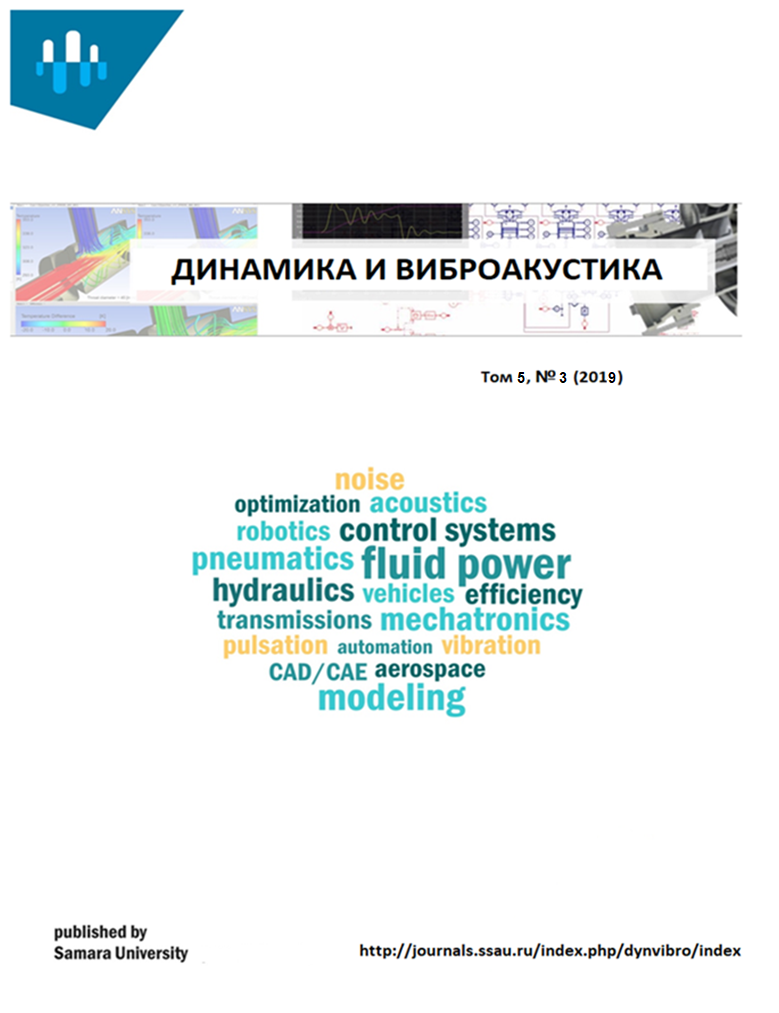Abstract
For underwater robots in the past three decades, the problem of energy efficiency and acoustic noiselessness has arisen sharply. The solution of these problems is inextricably linked with the solution of the problems of dynamics and vibroacoustics arising in the flow of a liquid under the flow of underwater bodies. These problems include the problem of the pressure pulsations occurrence and velocity distributed over the surface of the object, as well as noise and vibrations caused by these pulsations. To create energy-efficient and low-noise underwater robots, it is necessary to create methods for influencing the structure of wall currents and the shape of the aerodynamic surfaces of the robot in order to reduce its surface friction, as well as impedance. In this paper, we consider the development of an experimental bench for testing the main executive systems of an underwater robot with an anisotropic hull, including a buoyancy variation system, a trim and roll change system, and a hull geometry changing system.







